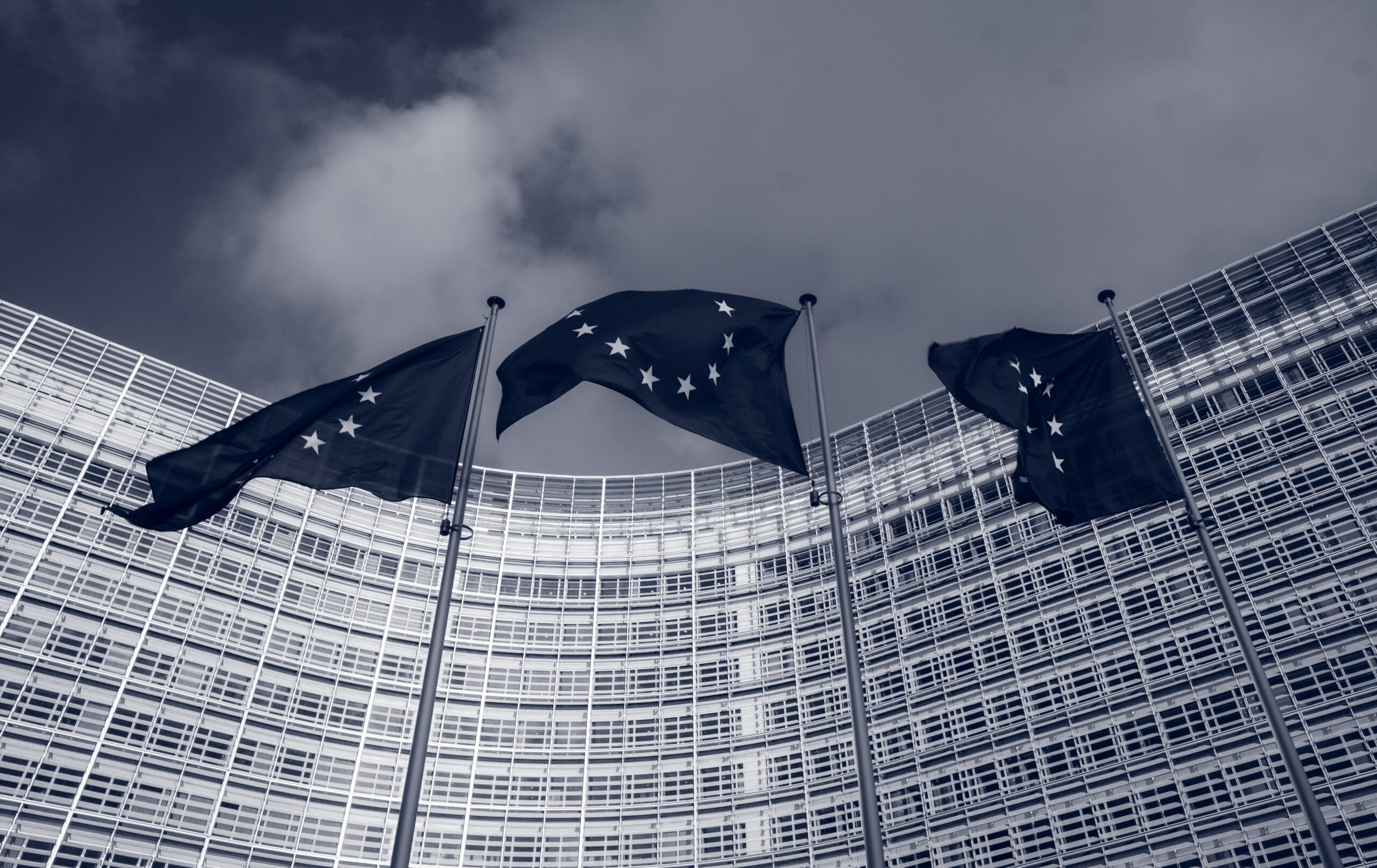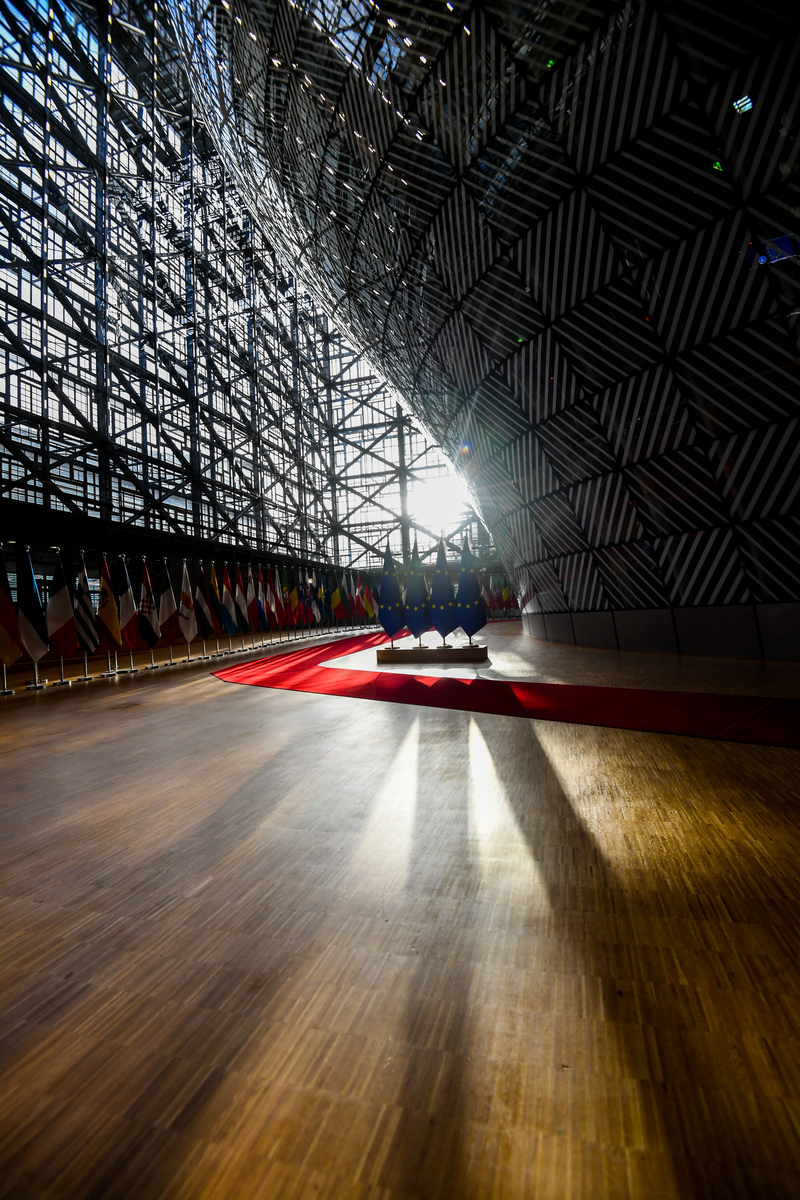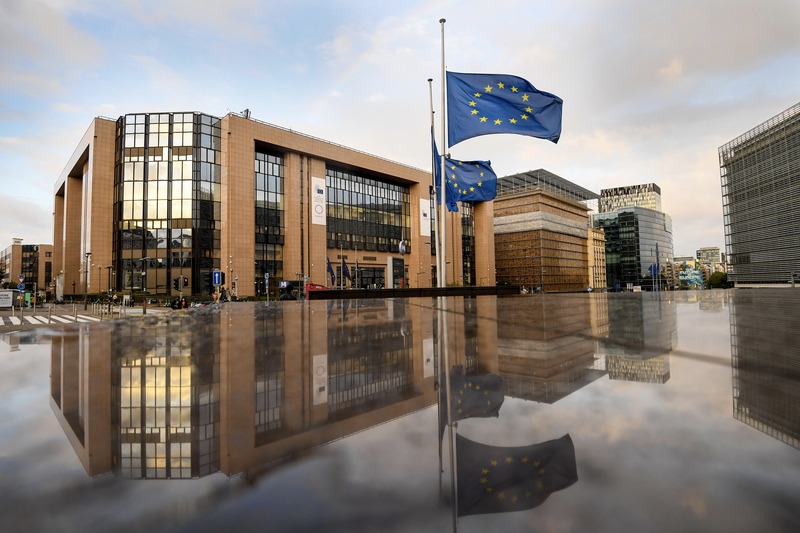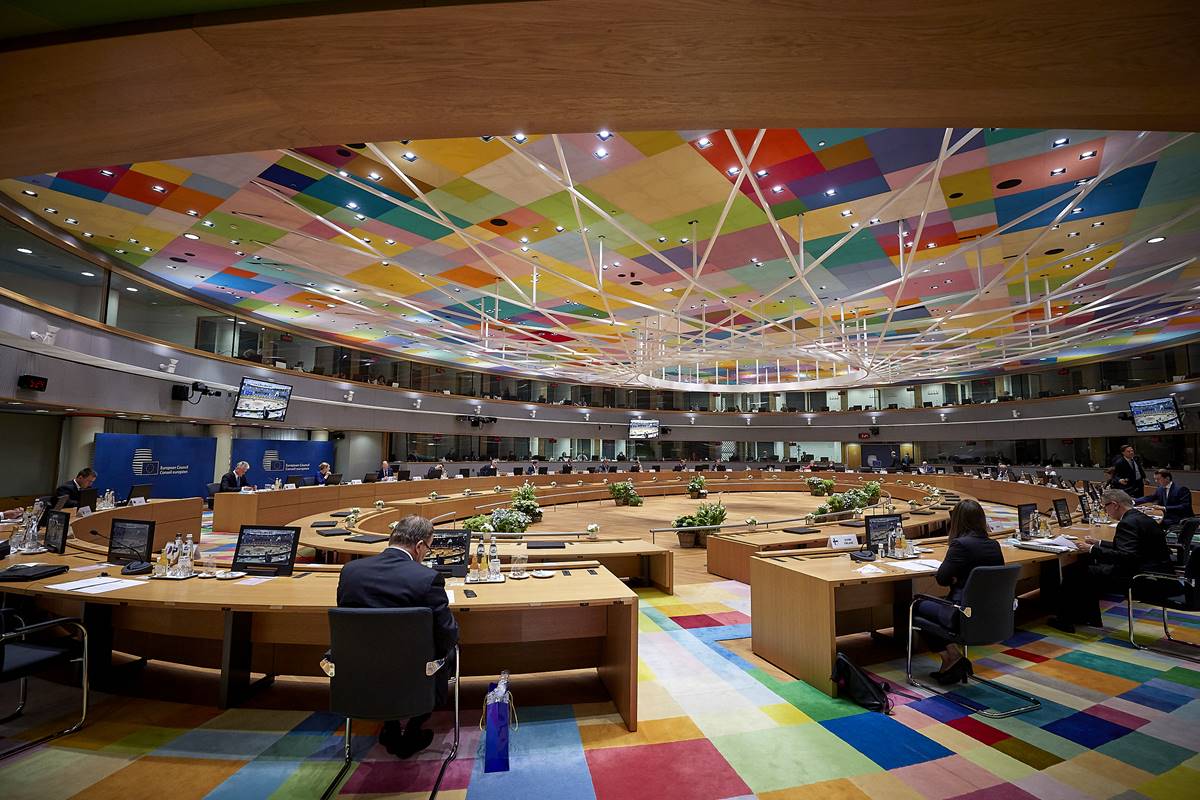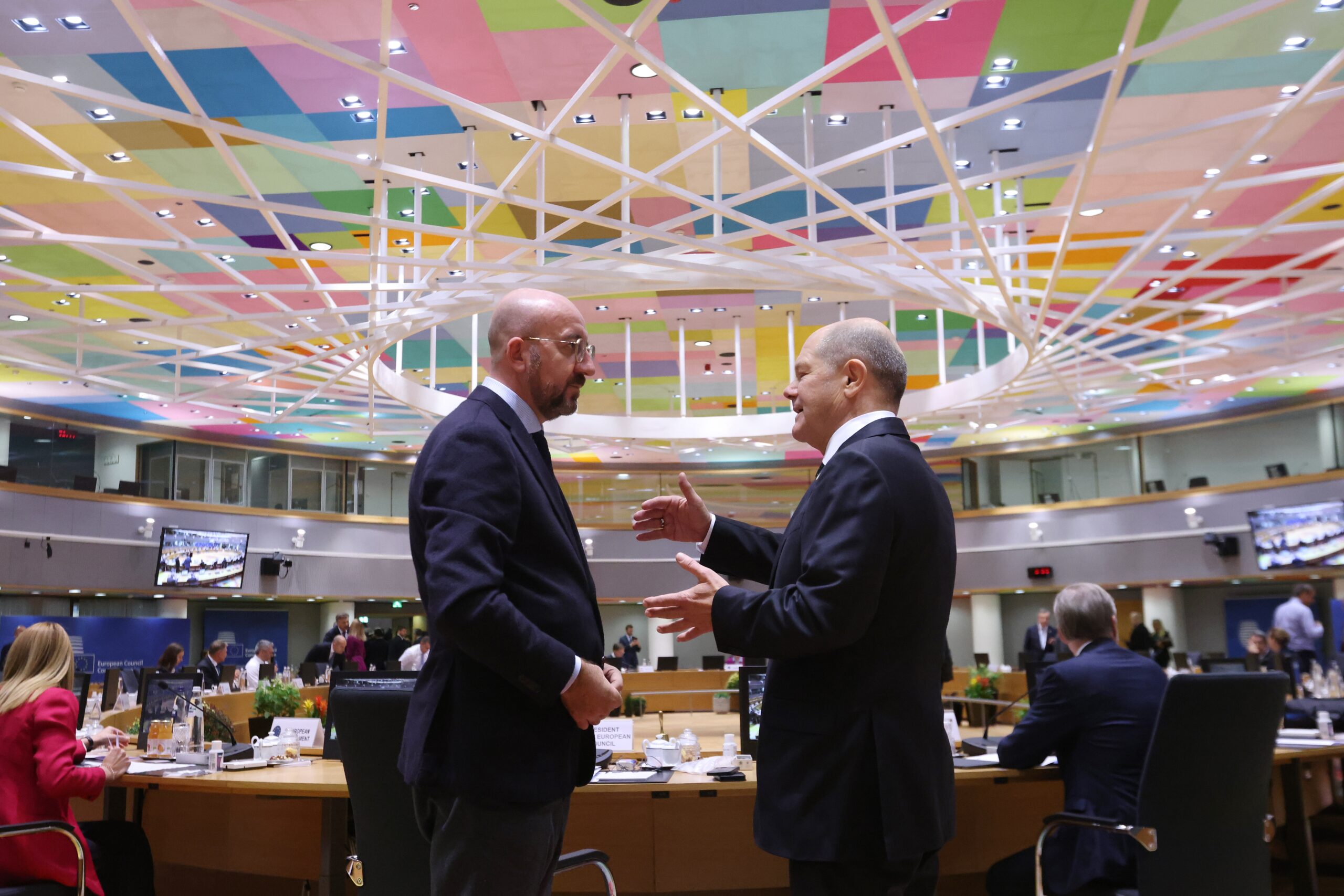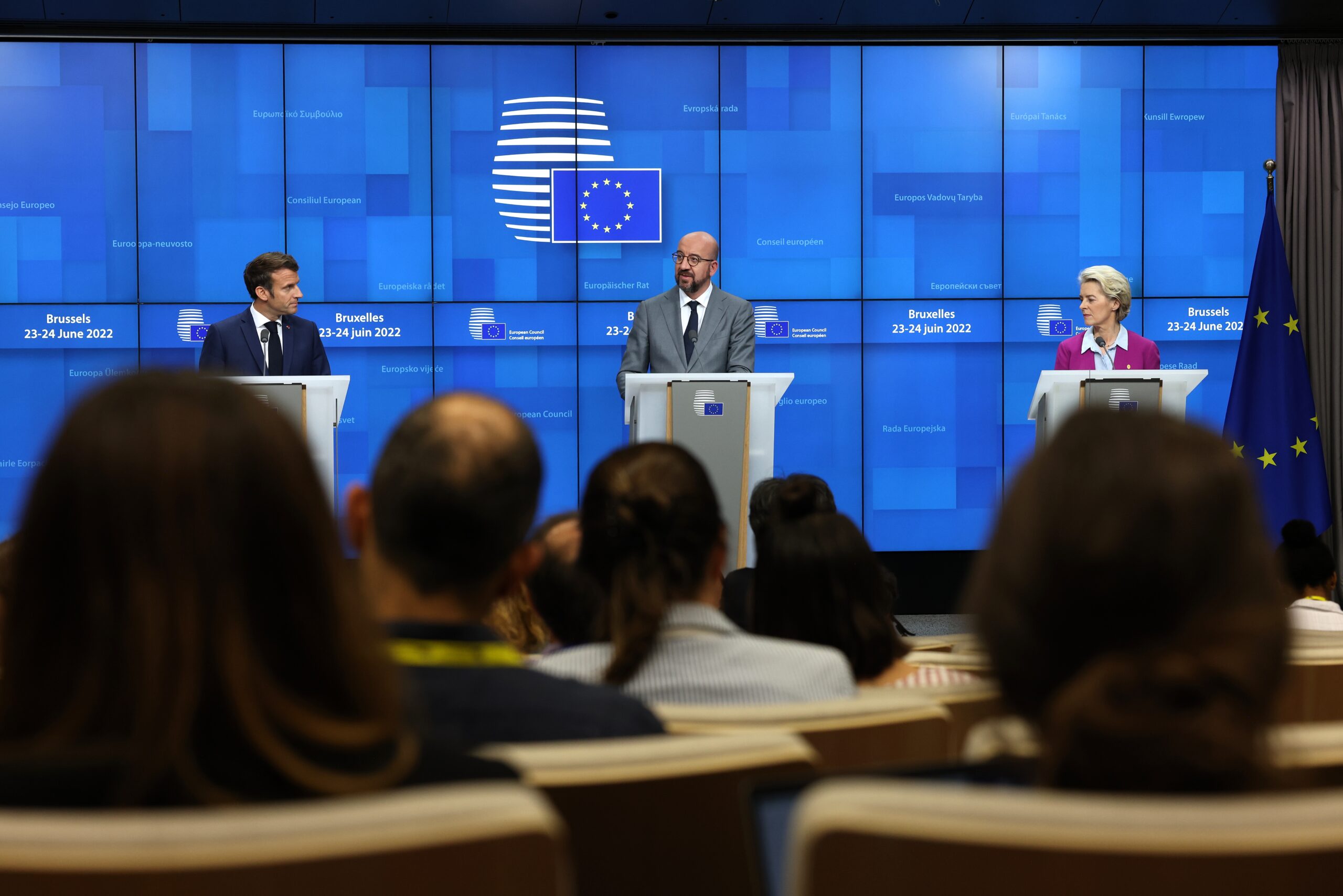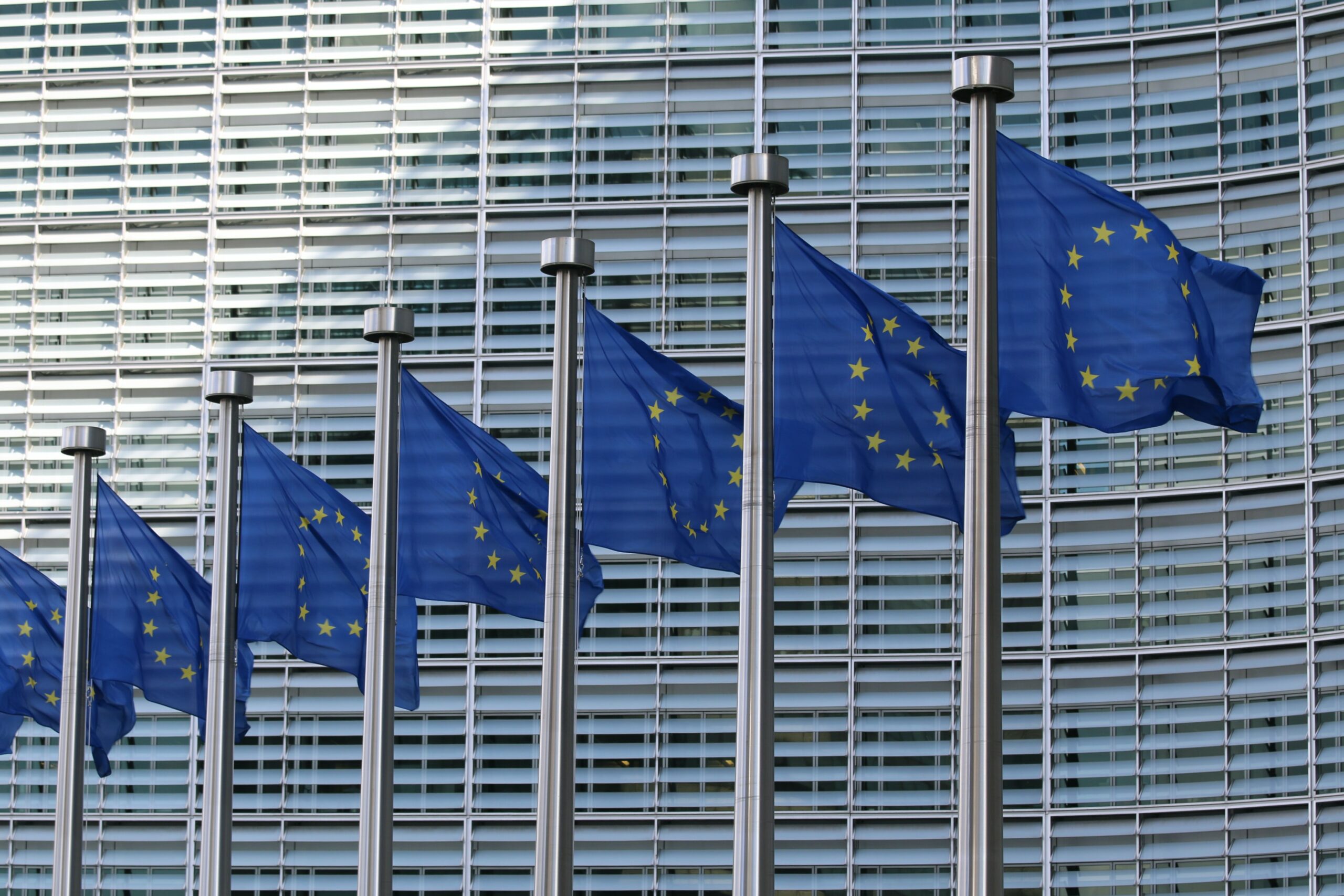The Council of the EU shares the power of initiative with the High Representative of the Union (whose role we will study in the second part of this background paper).
Once a month, the Foreign Ministers of the Member States meet to deal with all matters relating to the EU’s external action, including the Common Security and Defence Policy (CSDP). Their defence colleagues join them, informally, twice a year.
The function of the Council of the EU is to take “the decisions necessary for the definition and implementation” of the CSDP, “on the basis of the general guidelines and strategic lines defined by the European Council”.
It is, for instance, the ministers who give the go-ahead to the launch of EU military missions and operations and decide on their development.
The Council of the EU shares the power of initiative with the High Representative of the Union (whose role we will study in the second part of this background paper).
Once a month, the Foreign Ministers of the Member States meet to deal with all matters relating to the EU’s external action, including the Common Security and Defence Policy (CSDP). Their defence colleagues join them, informally, twice a year.
The function of the Council of the EU is to take “the decisions necessary for the definition and implementation” of the CSDP, “on the basis of the general guidelines and strategic lines defined by the European Council”.
It is, for instance, the ministers who give the go-ahead to the launch of EU military missions and operations and decide on their development.
Ministers also adopt European sanctions, or even validate, with the European Parliament, regulations and legislative texts (proposed by the European Commission) allowing the launch of new initiatives such as the European Defence Fund.
